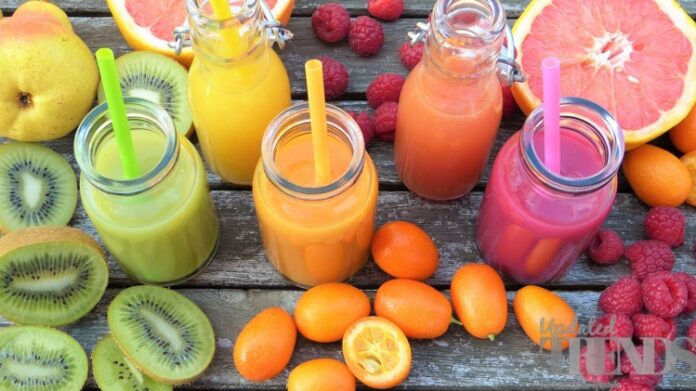A rainbow diet, as the name suggests includes the number of colors that you include in your diet. They have to come from the most natural resources and can include a variety of vegetables and fruits. The foods get their color from the number of phytonutrient pigments that help to provide a number of vitamins and minerals for the body. These micronutrients are needed in very small quantity, but are still vital for a balanced functioning of the body. Here are the benefits from the different colors of the rainbow colors.
1. Orange – The color can be found in oranges, carrots, papaya and apricots that have Beta carotene that converts to Vitamin A. Vitamin A is good for eye health, and prevents macular degeneration.
2. Red – anthocyanin and lycopene are the antioxidants that give the plants its red color. It can be found in tomatoes, beetroot, watermelon, strawberries and bell peppers that significantly reduce the risk of diabetes, heart diseases and even cancer.
3. Green – Foods with green color are high on vitamin K, nitrates, folates and magnesium that provide a protection for the heart, lowers blood pressure and also prevents strokes. These can be found in spinach, avocados, leafy vegetables, arugula, celery, broccoli, bok choy, kale and others.
4. Yellow – A number of yellow plants contain vitamins and antioxidants including beta carotene that are good for the health. Bananas, pineapples, mangoes, lemon, yellow bell pepper are stuffed with vitamin C and potassium. They also contain antioxidant lutein that helps to deal with macular degeneration and also improves cognitive activity.
5. Blue/purple – This color can be found in the foods like egg plants, plums, blueberries, purple mulberries, red cabbage, purple broccoli and others. They contain a powerful antioxidant that protects the brain as well as the nervous system. It also helps to calm the mood which makes it a great resource for people who might be suffering from anxiety and depression.
Photo Credits: Pixabay











